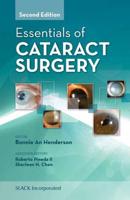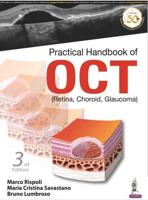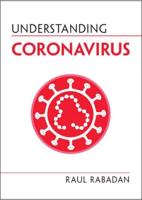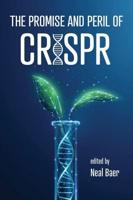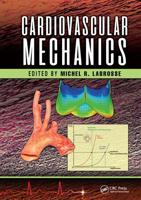Publisher's Synopsis
The eye is the most easily accessible site for topical administration of a medication. Drugs are commonly applied to the eye for localised action on the surface or in the interior of the eye. A major problem in ocular therapeutics is the attainment of an optimal drug concentration at the site of action. Poor bioavailability of drugs from ocular dosage forms is mainly due to the precorneal loss factors which include tear dynamics, non-productive absorption, transient residence time in the cul-de-sac, and the relative impermeability of the corneal epithelial membrane. Due to these physiological and anatomical constraints only a small fraction of the drug, effectively 1% or even less, of the instilled dose is ocularly absorbed. The effective dose of medication administered ophthalmically may be altered by increasing the retention time of medication in contact with the surface of the eye. To date, pharmaceutical technologists have tried to develop different novel formulations like gel, ocular inserts, collagen shields, implants, liposomes, nanoparticles, penetration enhancers and in-situ gelling systems, in order to increase the bioavailability and duration of the therapeutic action of ocular drugs and polymers play an important role in all these approaches. This book provides detailed information regarding all such polymers which have been used and shown to be excellent in improving the bioavailability of ocular drugs.

